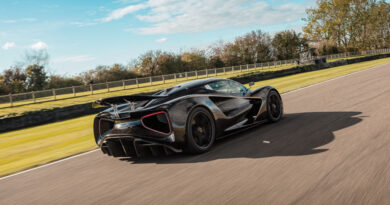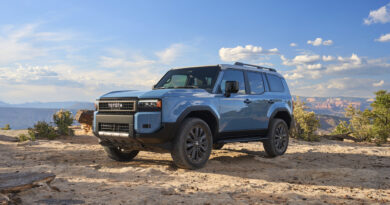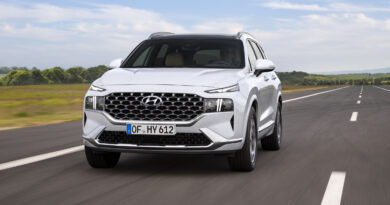Rugged Nissan Pathfinder ICE for now, but electric will come
The all-new Nissan Pathfinder will take a step backwards on electrification – but the move is only expected to be temporary.
The bigger, bolder and more off-road-capable new Pathfinder that takes design inspiration from the recently-updated Patrol off-roader will arrive in Australia in 2022 and will initially be sold only with a 3.5-litre V6 engine mated to a nine-speed auto.
The hybrid that gave the Pathfinder a point of difference against rivals such as the Toyota Kluger and Mazda CX-9 has been discontinued for the fifth-generation car.
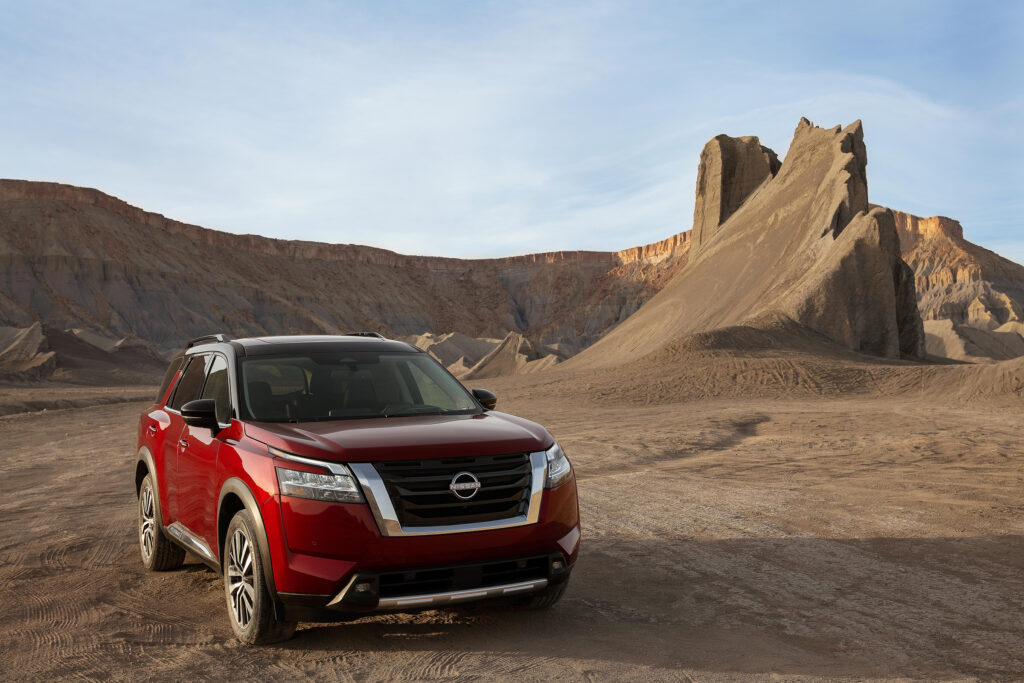
“While Nissan is constantly evaluating both the engineering and market options for additional drivetrains, at the current time Pathfinder will be available only with the potent 3.5-litre ICE V6,” a Nissan Australia spokesperson told EVcentral.
However, Nissan is expected to unleash an electrified Pathfinder with new hybrid technology before long.
While Nissan is giving no clues for now, spy images suggest a Pathfinder hybrid is already under development.
The eventual arrival of a hybrid Pathfinder is a no-brainer, especially as rivals from Toyota, Hyundai and Kia gear up to unleash hybrid versions of their seven-seat SUVs in Australia.
However, exactly what form a Pathfinder hybrid would take is unknown.
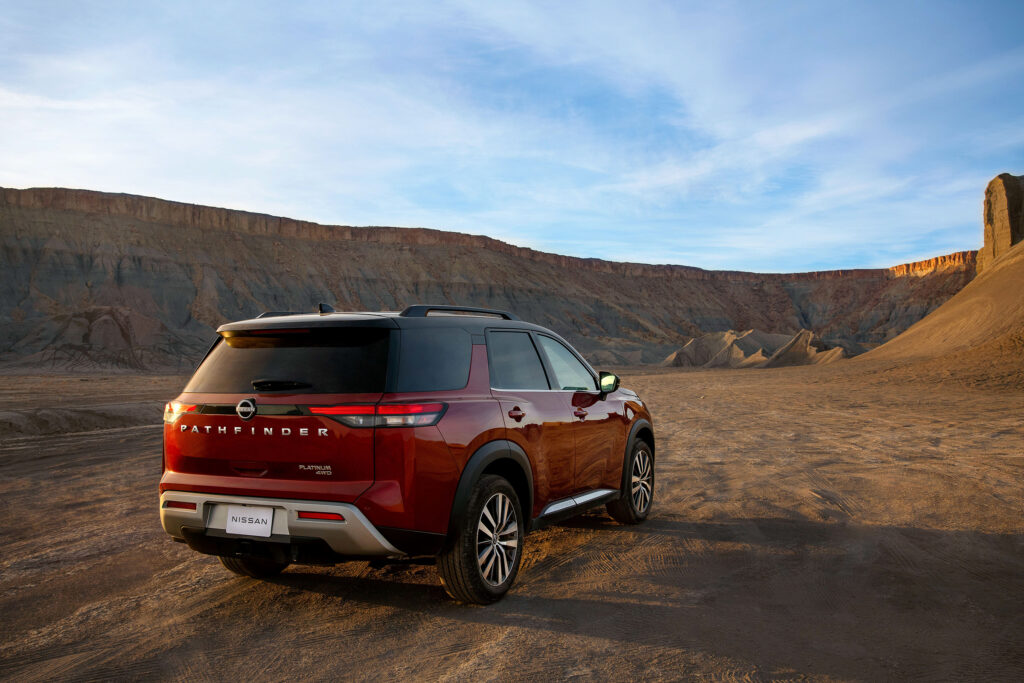
One option is a regular parallel hybrid system as favoured by Toyota and as used in the previous Pathfinder.
It would use a regular internal combustion engine – likely either four-cylinder or V6 – and pair it with one or more electric motors to provide similar performance to the petrol-only V6.
Another option is a plug-in hybrid system, which would allow more electric-only driving by providing a larger battery pack for circa-50-kilometres before the petrol engine steps in as a generator.
A third option is Nissan’s new e-Power system, which only uses electric motors to drive the car and has an ICE on board used purely to generate electricity.
Nissan has already hyped its e-Power system for the next Qashqai SUV and it plans to spread the tech more broadly within its lineup.
No doubt more information will be revealed over coming months.
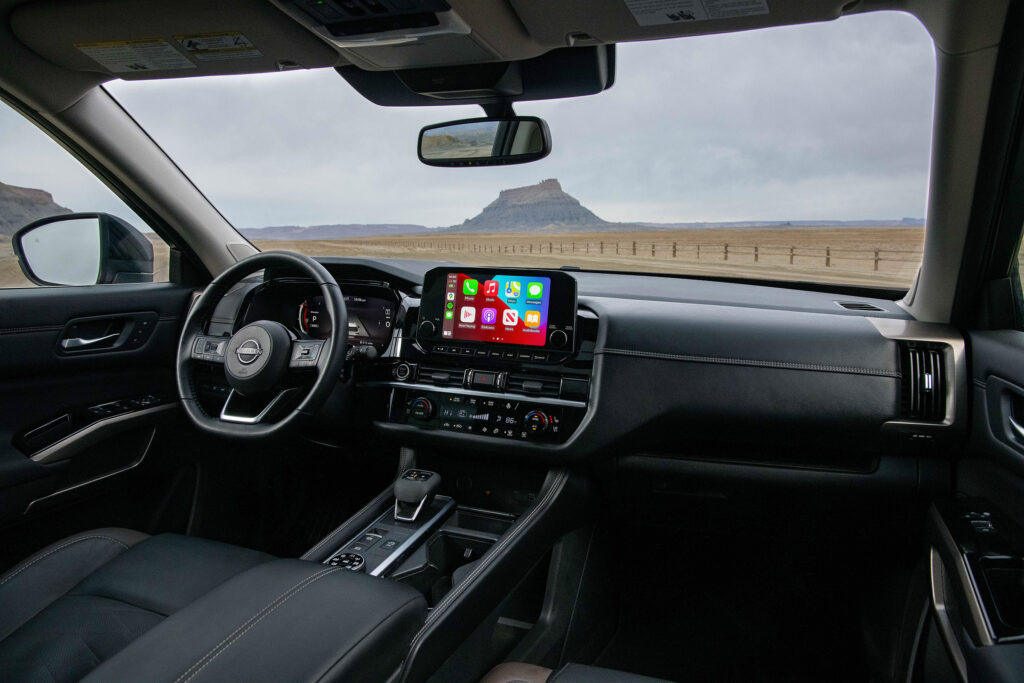
For now, the new Pathfinder represents a partial return to the Pathfinder’s original ethos in creating a car that appears to be more focused on off-road capability.
“Thirty-five years after the launch of the original model, Pathfinder has returned to its rugged roots, loaded with the benefit of everything learned along the way,” said Jared Haslam, vice president, product and planning for Nissan North America.
“Today’s large SUV owners want a vehicle that conveys strength and rugged capability, while using advanced safety and technology features to keep their family safe and comfortable during every-day adventures, and the all-new 2022 Pathfinder is ready to take on those adventures.”
Nissan has even revealed a modified version with chunkier tyres and other extras typically used when adventuring.
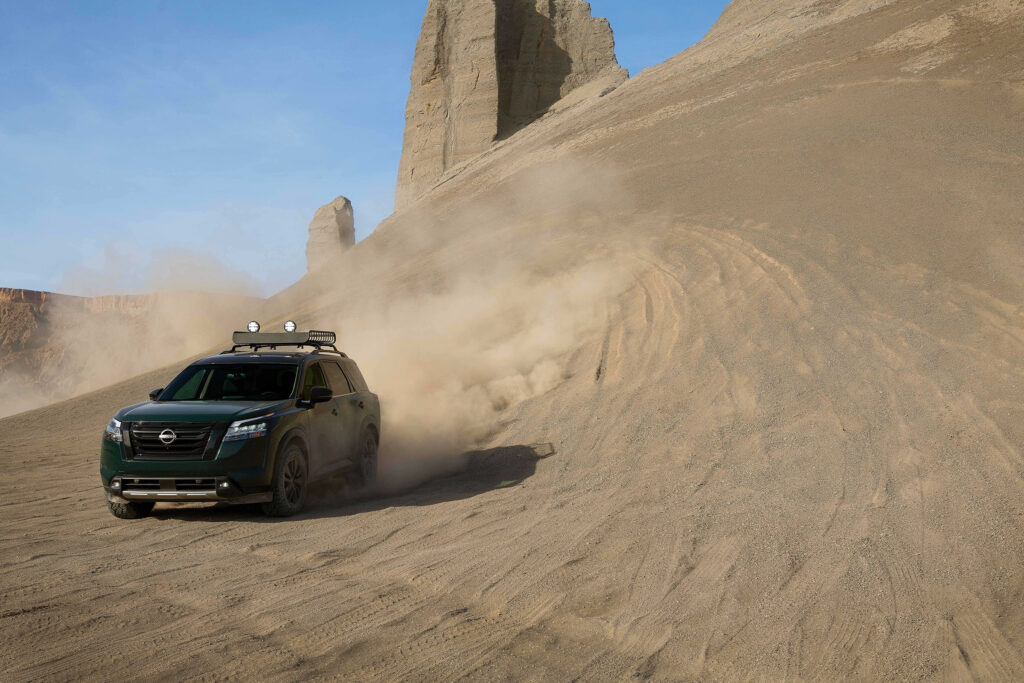
Like the model it replaces, the new Pathfinder sits on a car-like architecture with independent suspension all-round. It will be sold as a front-wheel drive and four-wheel drive.
4WD models get a seven-position terrain mode selector that tailors electronics such as traction and stability control to different driving conditions and terrains, including sand, mud/ruts and snow (there are also highway, performance, eco and towing modes).
However, senior design director Ken Lee says the new model looks tougher and is more capable off-road to meet customer expectations.
“They want comfort, they want every-day ease of use, and the ruggedness that allows them to go anywhere when they want to,” he says. “So, with our new Pathfinder, we aim to combine all of these things together.
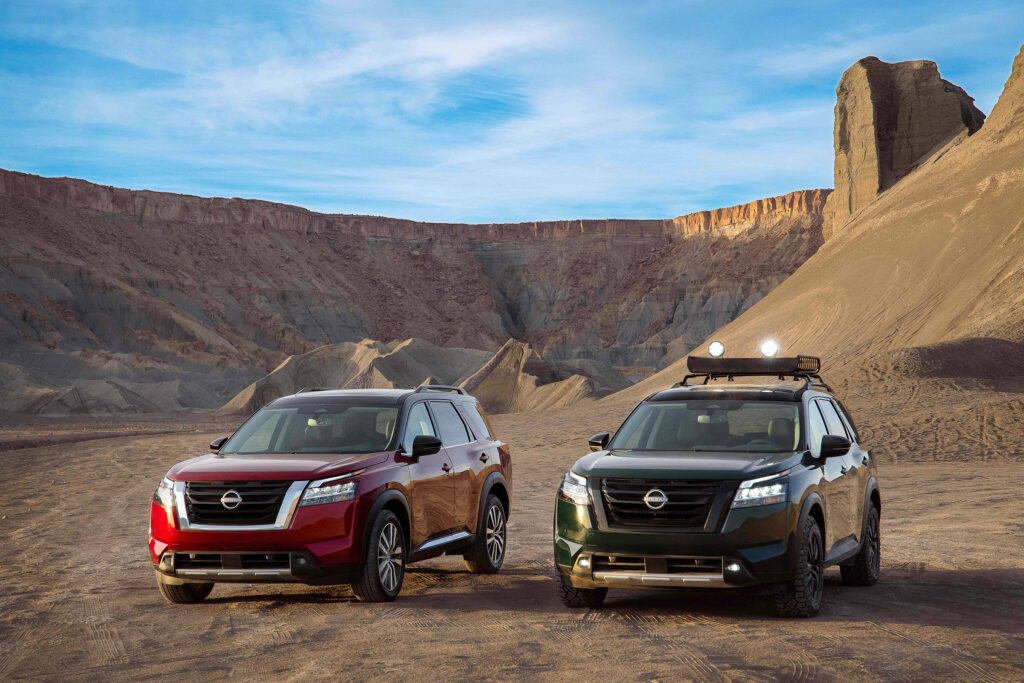
“Overall, the new design gives a sense of ruggedness and strength.”
The new Pathfinder can also tow up to 2721kg – plenty more than the circa-2000kg class norm.
Plus it will have seating for up to eight people.
Clearly Nissan is hoping to steal some sales from the likes of the Toyota Prado, which is often bought for towing and its eight-seat capacity.


